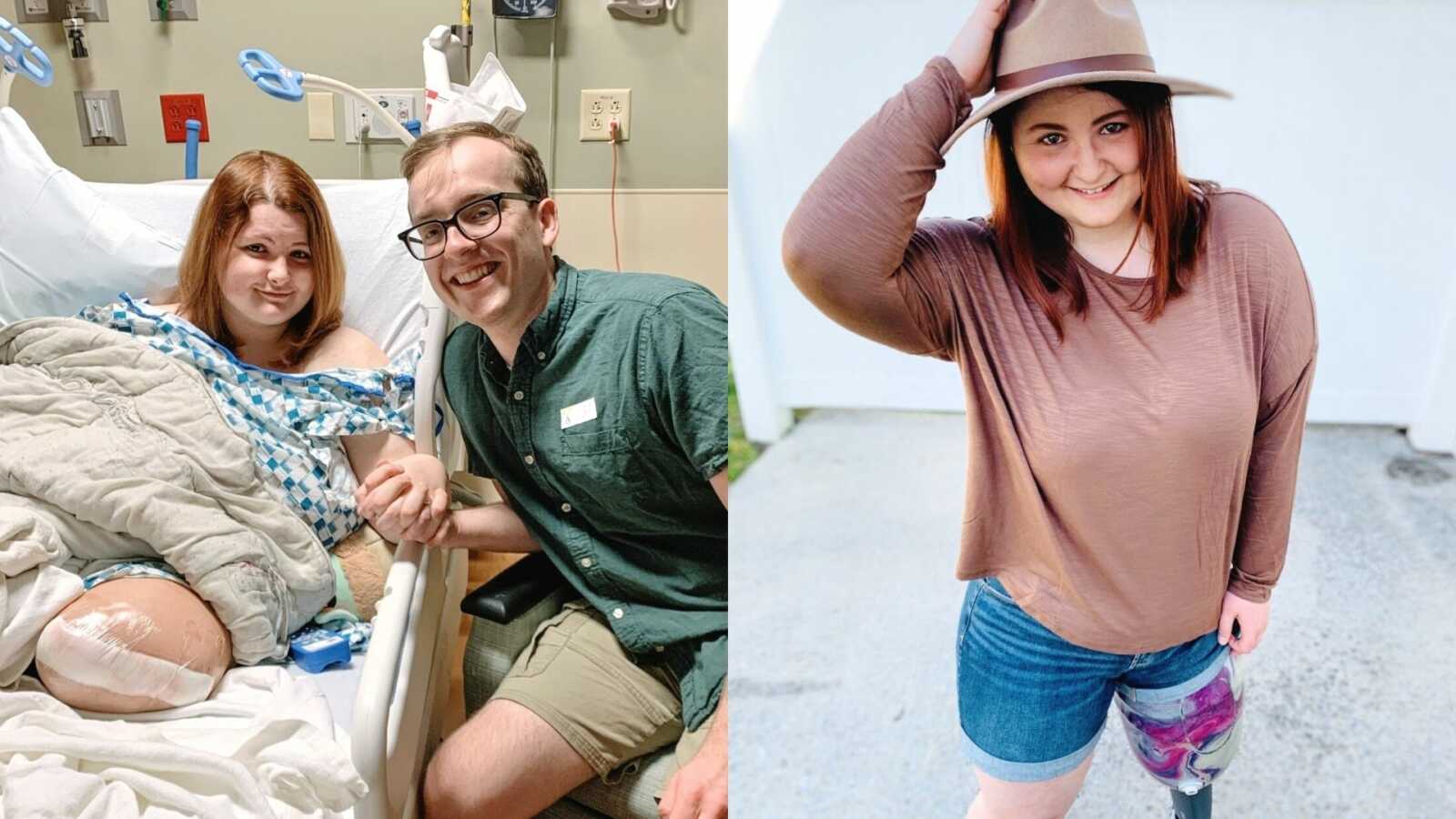“‘It needs to go. We’re going to have to cut above the knee,’ I vividly remember my surgeon saying as he used his hand to show my mom and me where he would have to cut on my leg. He had just finished saying that my leg was unsalvageable and spreading; it had to be removed as soon as possible.
I went into the appointment on that late-August 2021 day expecting to hear that my leg could not be saved. However, it was still somewhat shocking when he validated four years of pain and infections in two sentences. The fact that he would have to cut above the knee in an emergency fashion left me blindsided.

Health Issues
Having an amputation is not a routine surgery for a 22-year-old. However, with my medical background, everything fell together like a perfect storm. Back in 2017, I was struggling with progressive spondylolisthesis, which is a spinal disorder where your vertebra slips forward onto the bone below it. During this time, I was also diagnosed with a genetic connective tissue disorder, Ehlers-Danlos Syndrome (EDS).
EDS is caused by a defect in collagen, which is the glue that holds your body together. It is found in skin, joints, muscles, ligaments, blood vessels, and organs. Abnormal collagen renders a person’s structures—their organs, skin, and ligaments—more elastic. No part of their body is off-limits from dislocations, subluxations, and debilitation. EDS is known for notorious pain every single day.
My ongoing battle with EDS and its many co-morbidities caused severe vertebral instability on top of the spondylolisthesis, so a spinal fusion was necessary. The lumbar surgery was successful but left behind a rare complication called Complex Regional Pain Syndrome (CRPS) in my left leg. According to the McGill Pain Index (the scale that doctors use in appointments to assess a patient’s pain level), CRPS is the most painful condition known to mankind. Because of this, I was being burned alive from the inside out.
CRPS caused infections that would last seven months each and be made worse by the EDS; every time I dislocated or subluxated my left ankle or knee would result in a blistering blaze for months. This happened in a continuous cycle for four years. It got to the point where I couldn’t even sleep in my bed or wear pants because having anything touch my skin made it scorch more. My burns progressed no matter what we tried. Doctors initially dismissed me. Eventually, my blisters, swelling, and pain became too intense to ignore. Ultimately my leg started to decay and spread. I was referred to a surgeon to talk about amputation.
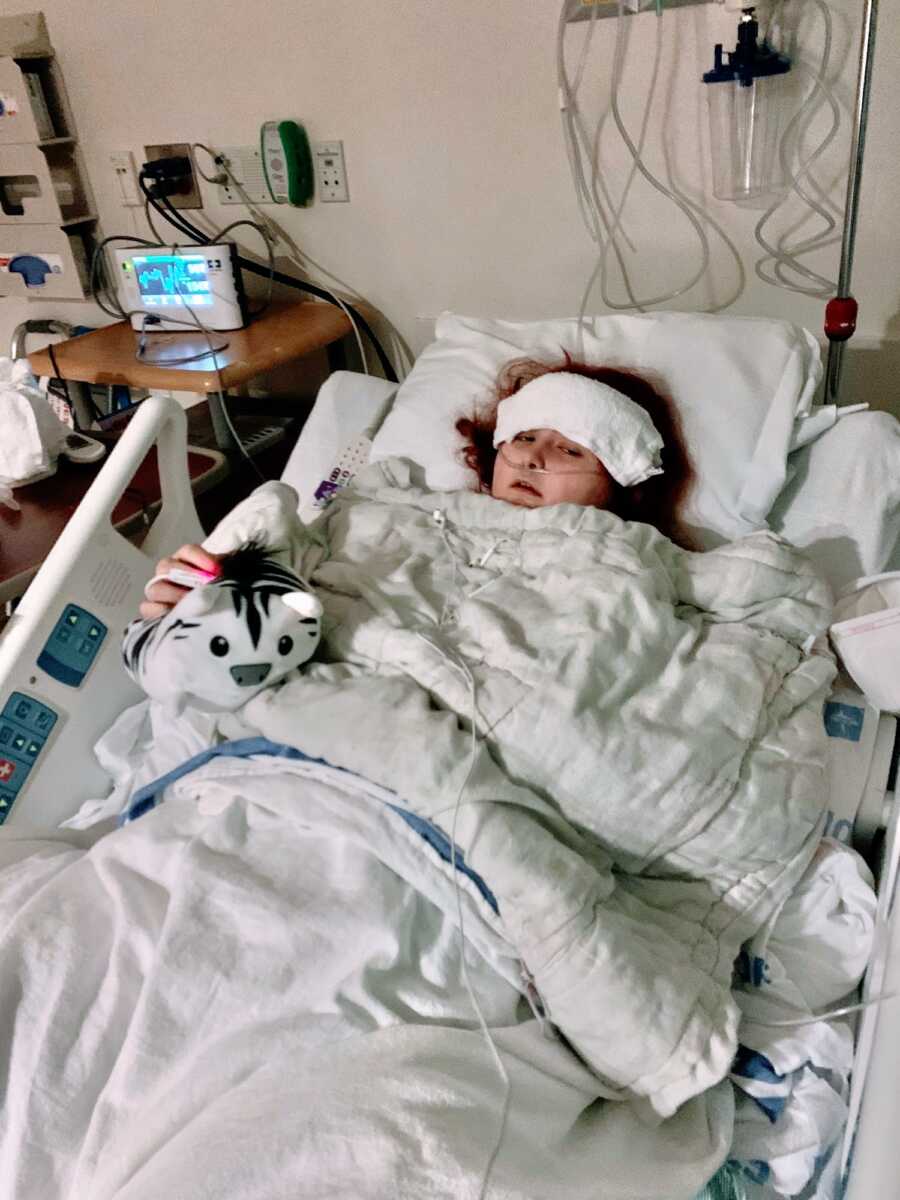
Losing My Leg
After hearing the news that my leg had to go, we had 36 hours before I was admitted for surgery. I did not fully process that I was losing my leg until the final 24 hours with it. My fiancé and I went to take my last two-legged pictures to take our minds off everything that was happening. While we were outside, many flies swarmed my leg and didn’t touch anywhere else on my body. They tried to get into open wounds & under the skin like a rotting animal carcass. Essentially, that’s what my leg was. This incident caused me to accept that my leg could not be saved and that it was an emergency.

Arriving at the hospital for surgery was the first time the emotions completely set in; I was about to lose my leg. I remember propelling myself in my wheelchair and wanting to make a U-turn when I saw the entrance doors; I knew there was no turning back once I got inside. I tried to close my eyes and remember the sun’s warmth on my left knee because I would never feel that again. That was when the silent tears started falling. Everyone in my support system—my parents, fiancé, family, and friends—understood how essential this operation was for me. They would not let me back out because they knew my situation had become life-threatening.
I was the only one who didn’t quite understand that; I wanted to save my leg. Honestly, I never thought I would be that person because I was the one who would stay up at night with CRPS crying and praying to God, ‘Please just get this off of me!’ Yet, now I was saying, ‘Is there a way to save my knee?’ There was not.
Waking Up From Surgery
I am no stranger to surgery: this would be my twelfth surgery overall and my fifth inpatient surgery in the past eleven months. I recently recovered from an occipitocervical fusion where I had my skull bolted down to my C3 vertebrae to fix craniocervical instability (CCI) and brainstem compression. ‘If I could make it through that, this amputation would be a piece of cake,’ I remember thinking. However, this was the first time I had ever bawled before a surgery. I was shaking so severely from fear that the nurse had to hold my hand into the operating room.
When I woke from the surgery, I could still feel my leg. It did not hurt, and I could not discern CRPS, but I could flex it and wiggle my toes. I asked the recovery nurse assigned to me, ‘Did they decide not to cut it off?’
‘No, sweetie. It’s gone,’ she replied. The sensation was bizarre.
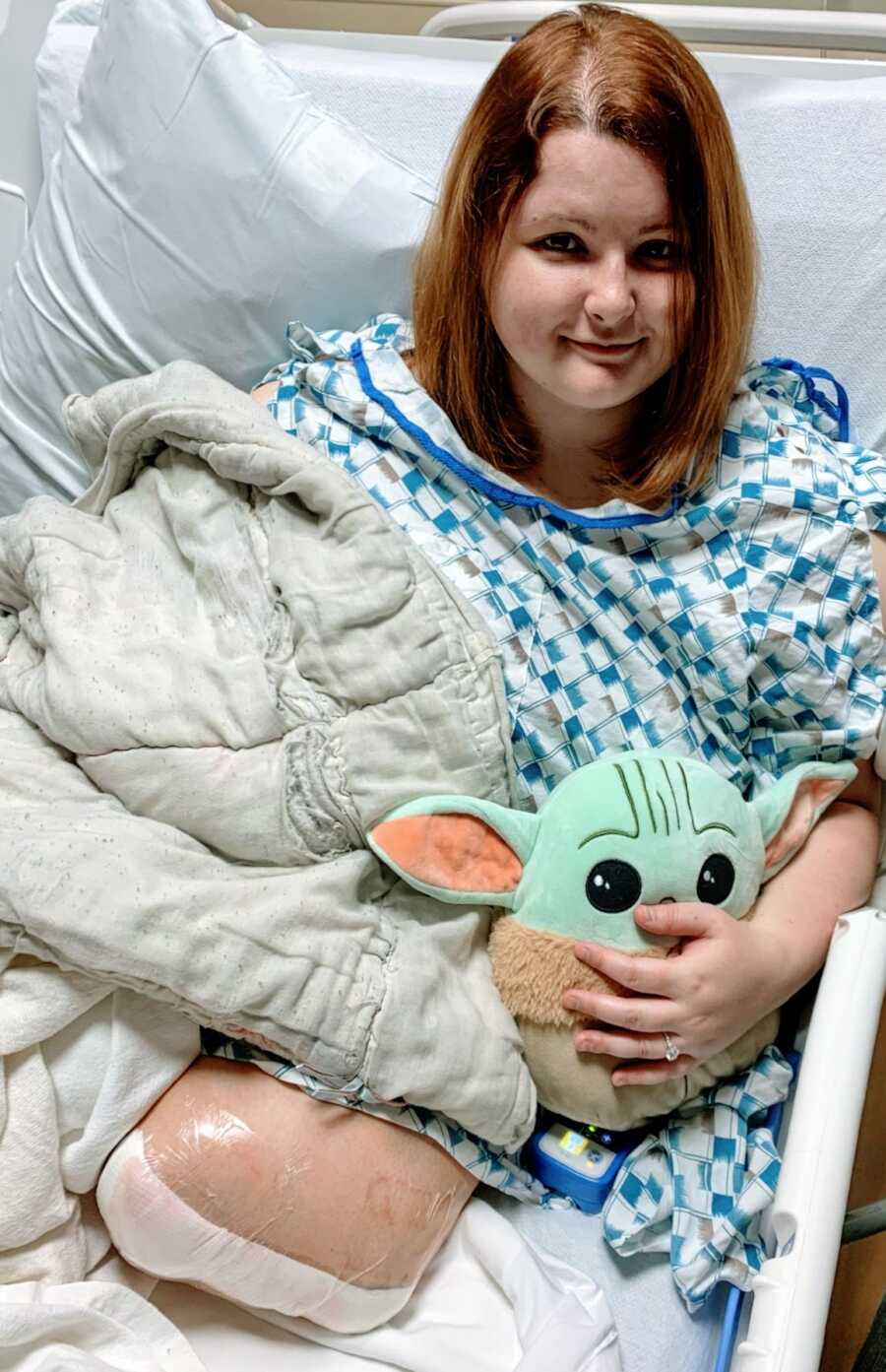
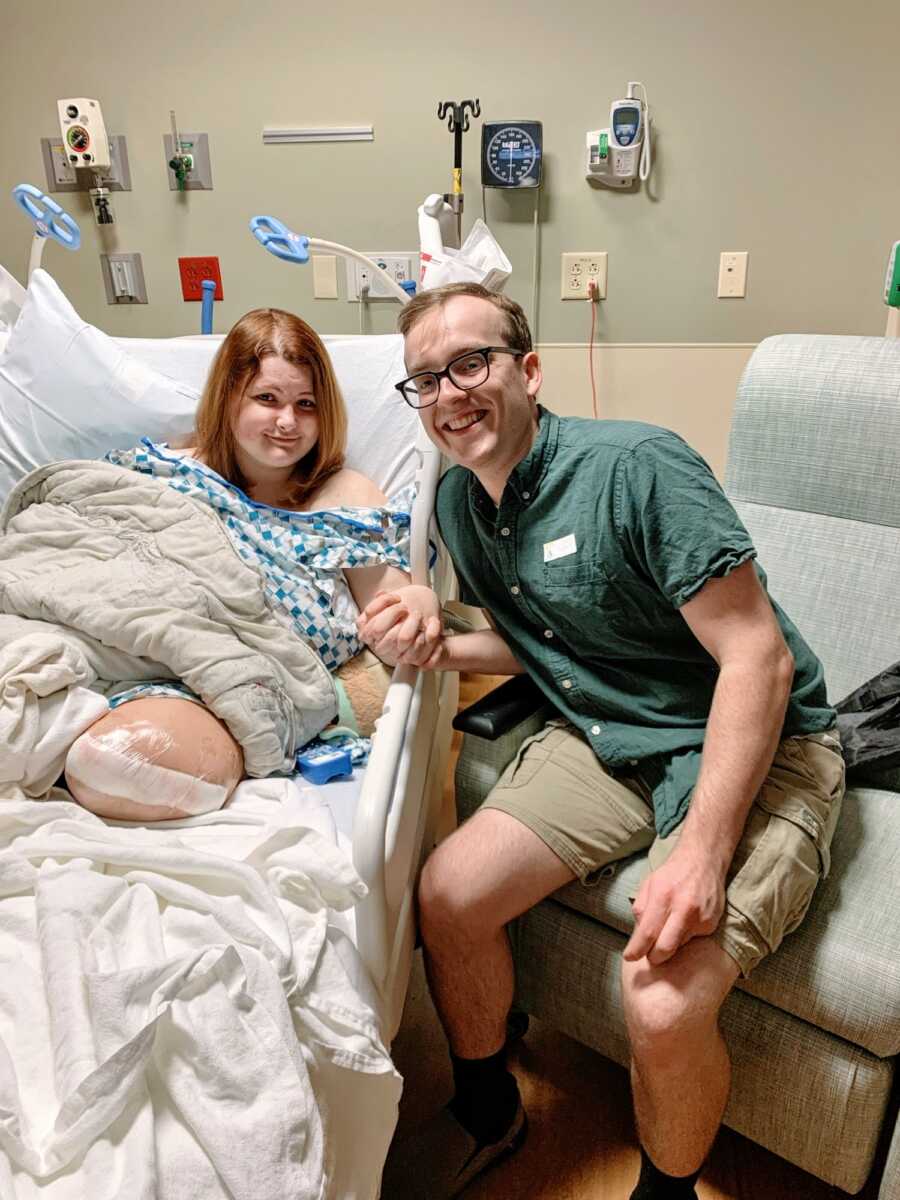
Everything looked great on the first day; my surgeon was proud of my progress. I met the prosthetic team that would be working with me. Then halfway through the second day, we ran into one of our first major complications. I ended up falling and lost nine staples. The spill resulted in another surgery 48 hours after the amputation. I was hospitalized with a bone infection (osteomyelitis) a few months later.
Along with those major setbacks, I also experience minor day-to-day ones that include phantom pain and the emotional side effects of grieving a loss. I have learned that setbacks pass with time, and life is about learning to roll with the punches. Finding a physical and mental balance while always looking for the positive side of a situation helps me triumph over inevitable disappointments in my healing journey.
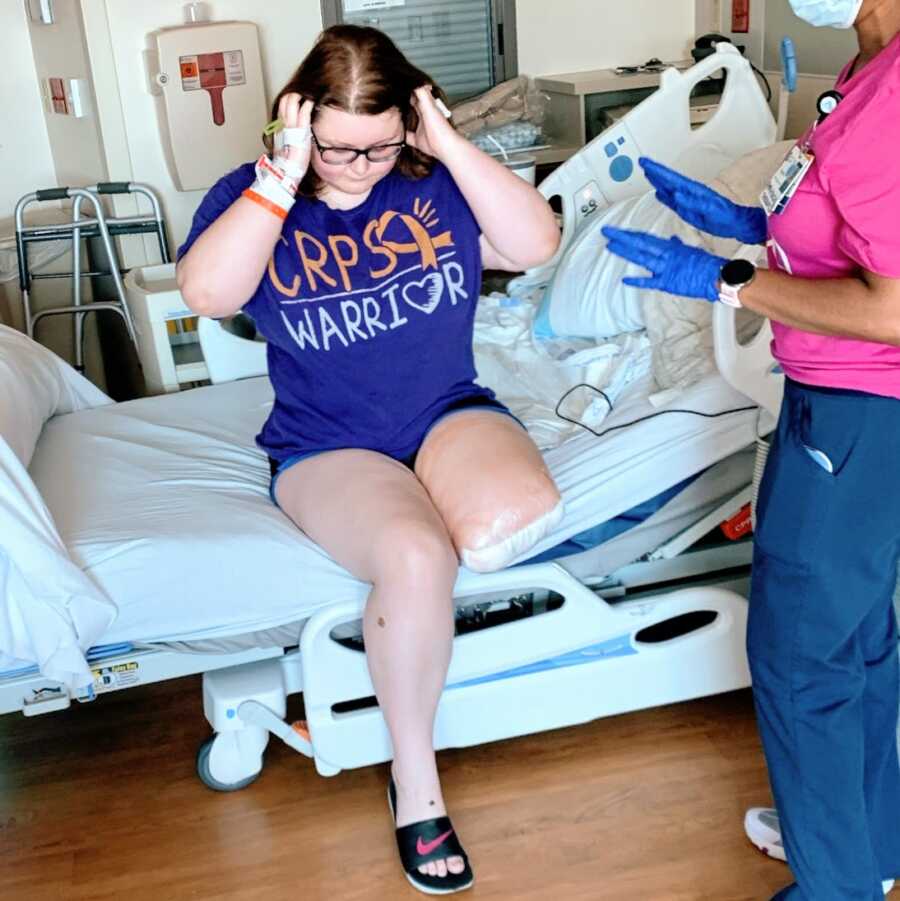
Re-Learning To Walk
I lost my leg during the Tokyo 2020-1 Paralympic Games, and I do not think I could have had an amputation at a more opportune time. As an avid fan since 2012, my fiancé and I planned to have a 2021 Paralympic party in our townhome. We still did; the celebration took place in my hospital room instead. Watching athletes I have looked up to for a long time thrive and show the world they are capable of greatness while staring their disabilities in the face meant everything to me in that hospital bed.
Before I became sick, sports were a lifeline to me. They still are. They’ve shaped the essence of who I am; my ‘never give up’ attitude and my strong work ethic come from my days as a serious competitive swimmer. Watching the Games gave me hope that someday, with lots of training, I too can get back to a level of competition fit to represent the USA on the world’s biggest stage. They also gave me more motivation to start walking with a prosthetic as fast as possible.
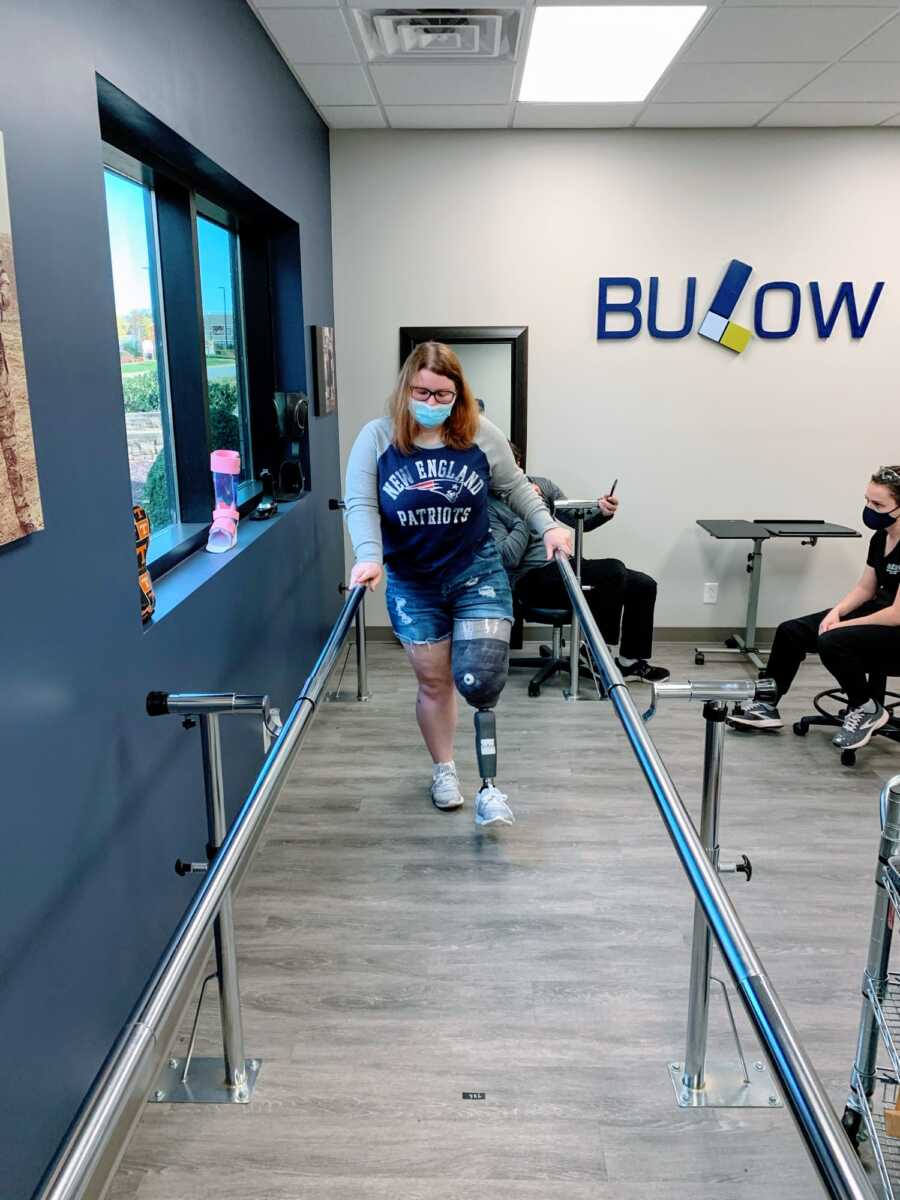
I recently received my first prosthetic leg. My father is in the military, and my parents live overseas because of that. They were able to watch my first steps over Facetime. It meant so much to me; they were there when I took my first steps as a baby, and they were there to see me take my first steps as an amputee.
My prosthetic team has been a significant part of my healing process. They know my goals and have been instrumental in helping me reach them. The first time I walked into their office without any assistive devices was the first time I knew everything was going the way it was supposed to. I am my own worst critic and a perfectionist; I often think I should be more advanced than I am, even when I am already miles ahead of schedule.
I am currently in physical therapy to continue the ‘relearning life on two legs’ process. Some days are more challenging than others, but my physical therapy group has been with me for three years. We have built a special comradery. Our tight-knit relationship makes the tough days bearable.
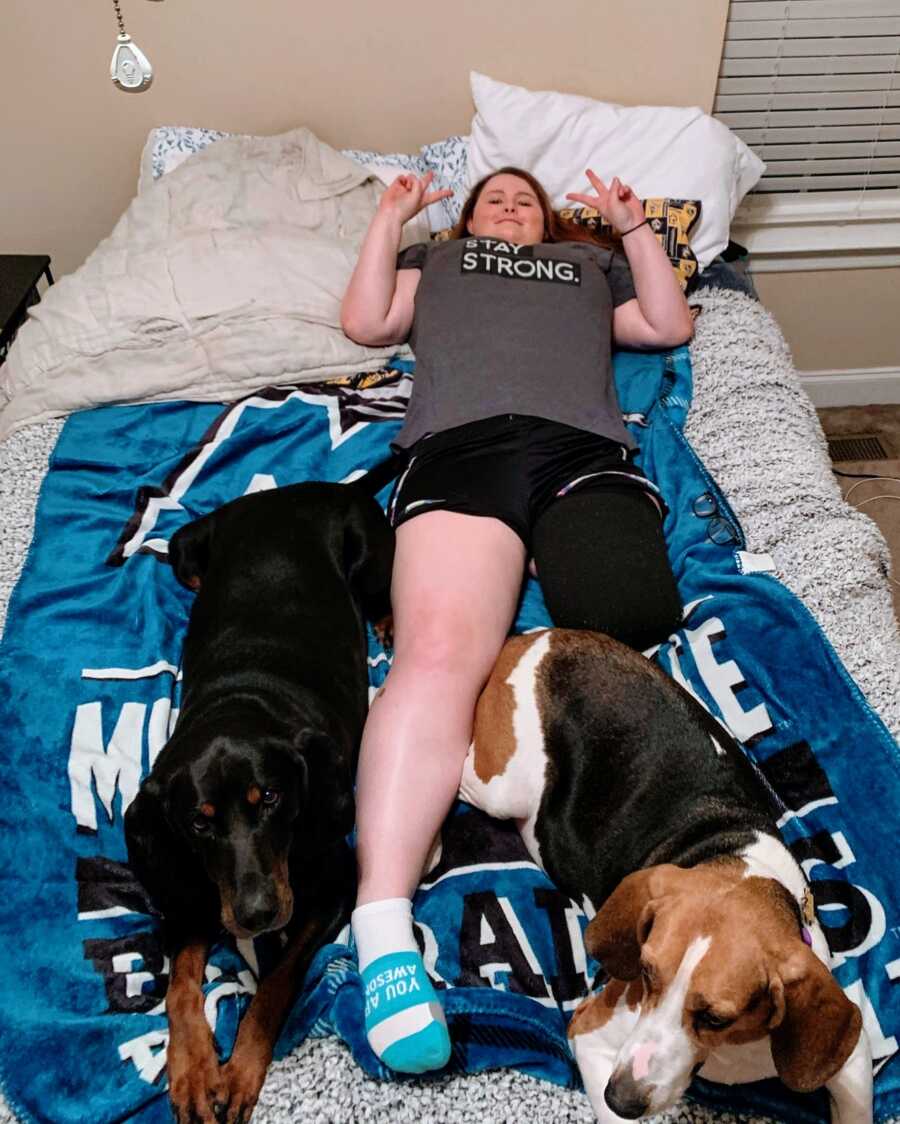
Finding New Dreams
Growing up, I was a girl who enjoyed competitive swimming, was a diehard New England Patriots fan, loved her dogs, and loved to sing, volunteer, and dance. In that sense, nothing has changed. As a military child, I grew up around the world but I often dreamt of setting down more permanent roots. I thought the homesteading lifestyle could be attained when I achieved my dream job of working for Team USA or an NFL team in their respective media departments after I graduated from Middle Tennessee State University (MTSU).
However, my health problems have put my career aspirations on hold for the time being. My experiences with my health may have changed my career trajectory slightly, but they have helped show me how strong I am in the face of adversity, not just through the amputation but throughout these past four years. Because of that, I know that I will be okay, no matter what obstacles life hurls in my direction.
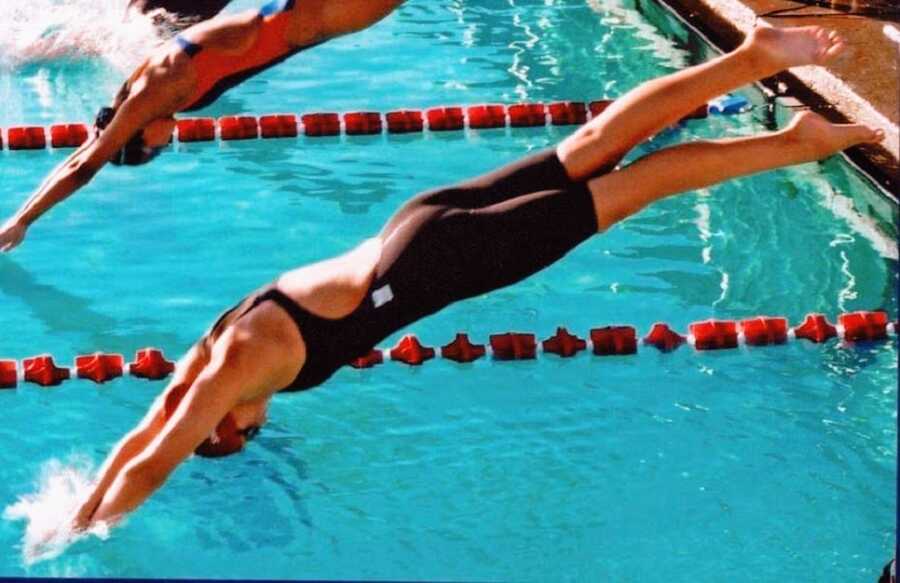
I have been fortunate to have a great support system during this time, consisting of my family, fiancé, and friends. Going through this has shown me who my true friends are: some I have been blessed to have around for the whole time, others I have been lucky to meet along the way. It has strengthened my spirituality; my relationship with God has never been sturdier. Currently, I am training for a 37-mile gravel cycling race that I am preparing to complete before my one-year post-op date.
As I have gotten older, I have started looking for hope in the most random places, whether in a sunrise, a dog’s eyes, or a stranger’s smile. If there is a positive, there is always hope. When there is hope, people can find empowerment. I get most of my hope by looking toward the future and dreaming. I have always been goal-oriented. Physically, when I meet any objective, I feel empowered enough to want to continue. Physical therapy has factored into this mindset; I feel the most confident and strong when I make progress in my exercises.
My future aspirations include training for and medaling at the Paralympics, walking down the aisle at my wedding, becoming a motivational speaker, learning how to dance with a prosthetic leg, rescuing more dogs, getting a dream job, playing in a water polo league, and joining a masters swim team. If there is hope, the dreams are still alive. I plan to live my life in a way that proves there are still cracks of sunlight shining through during the darkest of times.
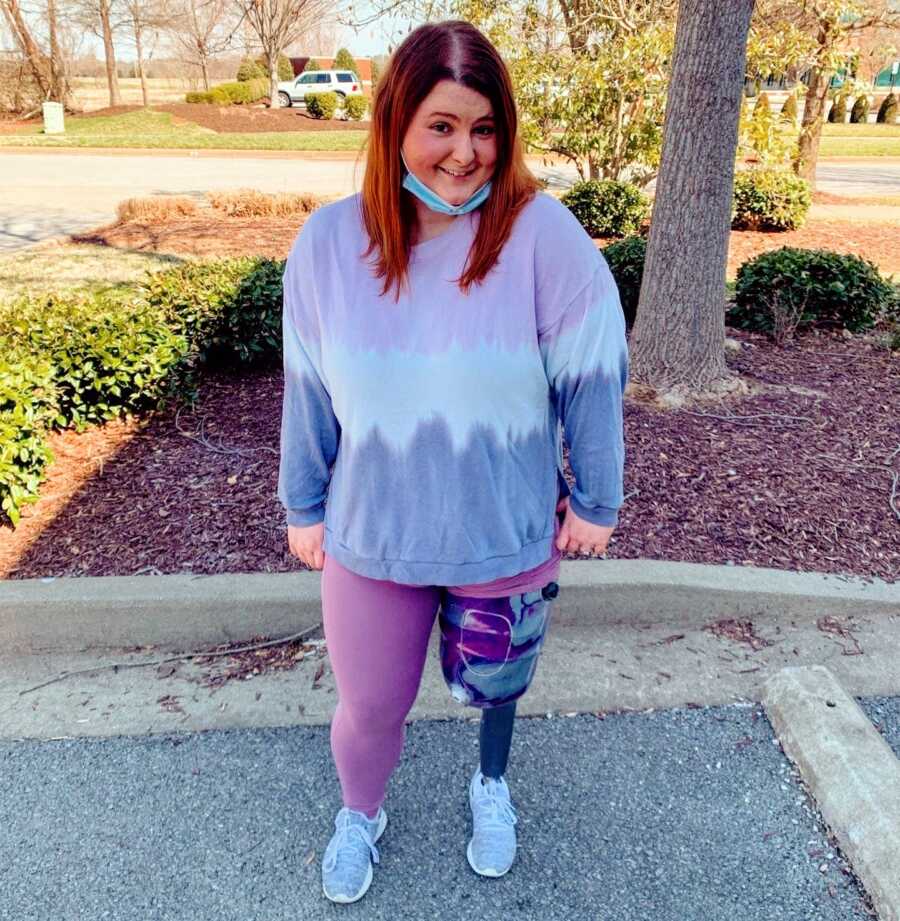
Becoming an amputee at 22 was not part of my life blueprint. But when does life ever go according to plan? I know now that my future is brighter than when I had two legs; for starters, I have a future now. I will be able to do the things that my leg kept me from for so long. Since the surgery, there have been bad days, but they have not been as horrendous as the days with CRPS. Knowing that my life is so much better than before and that I have reasons to move forward has given me purpose again.
The CRPS is gone; no more infection is going to kill me. That fact is enough to bring me joy; it’s enough to make me keep trying. So, I will wake up each day and give it my best effort. No matter how hard it is to look at myself and see a girl missing a leg, I remind myself that I am still whole. Life does not stop after the loss of a limb. It is forever changed, but that does not necessarily mean the worst. In my situation, it is for the best.
I plan on going further on one leg than I ever could with two; that is a promise.”
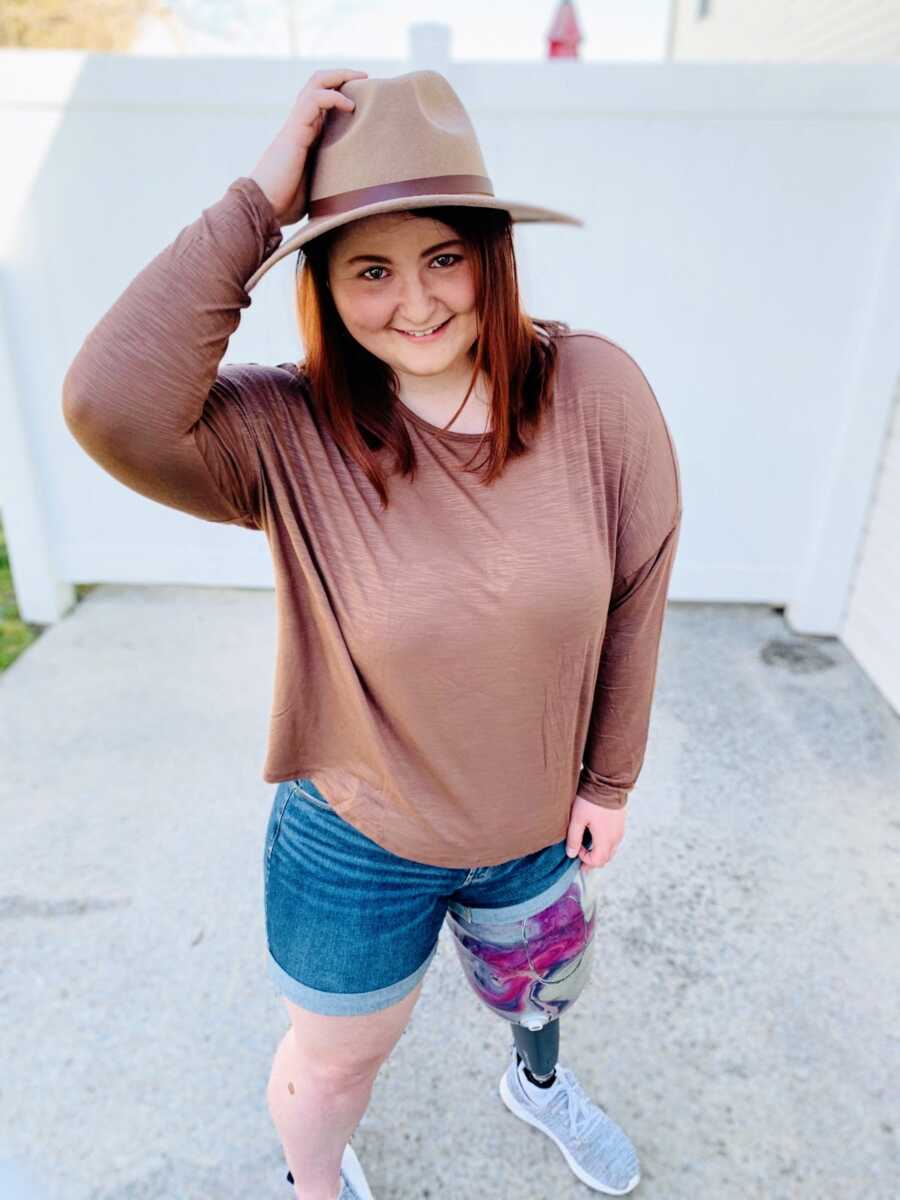
This story was submitted to Love What Matters by Sydney Marshburn of Murfreesboro, TN. You can follow her journey on Instagram. Be sure to subscribe to our free email newsletter for our best stories.
Read more stories from amputees:
Do you know someone who could benefit from this story? SHARE on Facebook or Twitter.

